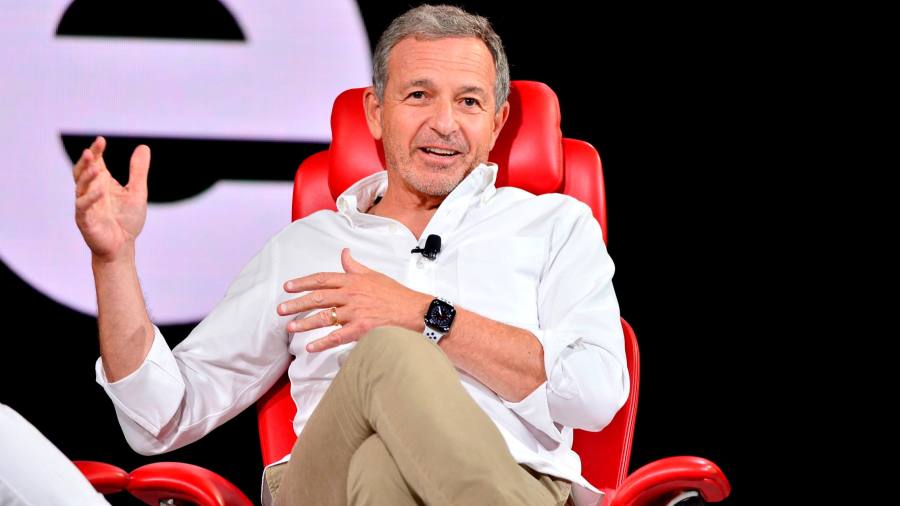
In Hollywood, a superhero often returns: when an action film does well at the box office, the lead character gets at least one sequel. Walt Disney this week extended this approach to the company’s governance, ejecting Bob Chapek as its chief executive after he lost the confidence of investors, and bringing back his predecessor Bob Iger.
Disney shares initially rose 9 per cent on the hope that Iger, who oversaw its acquisitions of Marvel and Pixar and launched the Disney Plus streaming service during his 15-year tenure as CEO, will display a defter touch than Chapek. He must soothe discontent within Disney, address growing losses in streaming and restore its confidence.
Many leaders secretly dream of being asked to return because their successor has failed, but it happens only rarely. AG Lafley returned to the top job at Procter & Gamble in 2013, while Howard Schultz has come back twice to lead Starbucks, which he founded. The most spectacular return was that of Steve Jobs to Apple in 1997, when it was on the verge of bankruptcy.
Susan Arnold, Disney’s chair, called Iger “uniquely situated” to lead the company. That is a tribute to his ability to make temperamental film stars and directors feel valued while restructuring Disney for a new technological age, but it also exposes the flaws in its succession planning. A board should always have more than one suitable candidate to succeed its current leader.
Iger, who delayed his departure four times, compounded the problem by stepping up to the chair at Disney when Chapek took over as chief executive in 2020. The flaws in this arrangement quickly became apparent: he cast a long shadow over Chapek, and clashed with him over the best way to take the company forward through the pandemic.
Chapek was unlucky to start just as the pandemic was emerging, but he also made needless missteps. He alienated Disney employees over legislation in Florida to regulate what schools can teach about LGBT+ issues, clashed with Scarlett Johansson over the streaming release of her film Black Widow and abruptly dismissed Peter Rice, a senior television executive.
Iger, widely respected in Hollywood, is well-placed to ease these difficulties. “A little respect goes a long way and the absence of it can be very costly,” he wrote in his autobiography The Ride of a Lifetime. The returning boss has an easy charm that works well in the entertainment business, and will be a welcome contrast after Chapek’s brusqueness.
But Iger is responsible for the shape of Disney and his reappearance does not negate the challenges it faces. It was under him that it bulked up through acquisitions to attain the strength needed for a decisive shift from traditional films and cable television to streaming entertainment. He judged that it needed to confront disruption by Netflix head-on or be undermined.
In many ways, this has worked out for Disney: it now has more subscribers to Disney Plus and its other streaming businesses than Netflix. But the costs are enormous, and its losses are mounting. In common with rivals such as Warner Bros Discovery, which runs HBO Max and Discovery Plus, it may face a “streaming recession” as consumers cut subscriptions.
Although his restoration is acclaimed, Iger will need to show quick wins in the content and streaming wars, or pivot fast. The company faces activist investor pressure both from Daniel Loeb’s Third Point Capital and Nelson Peltz’s Trian Partners, and the company needs to demonstrate quickly that it has answers. Re-establishing stability in management is only the first step. Iger has earned himself a sequel at Disney with his first performance, but now he has to do it all again.